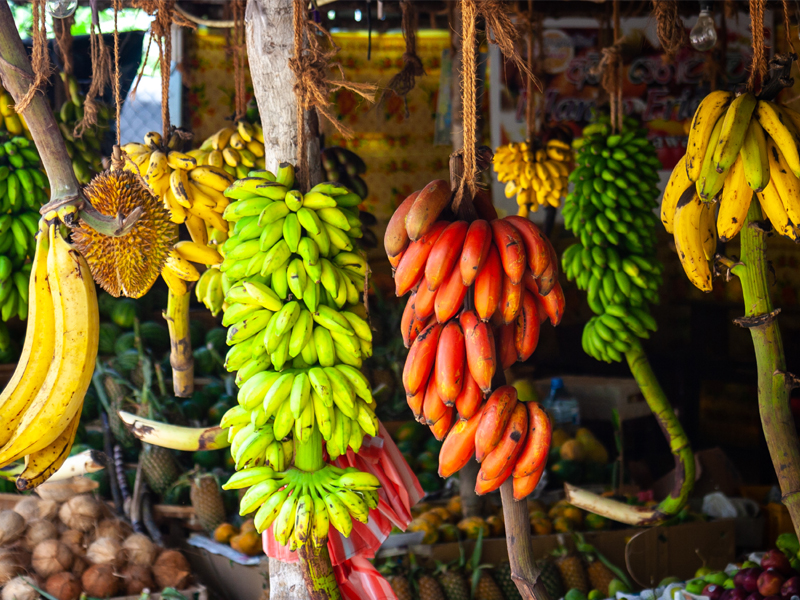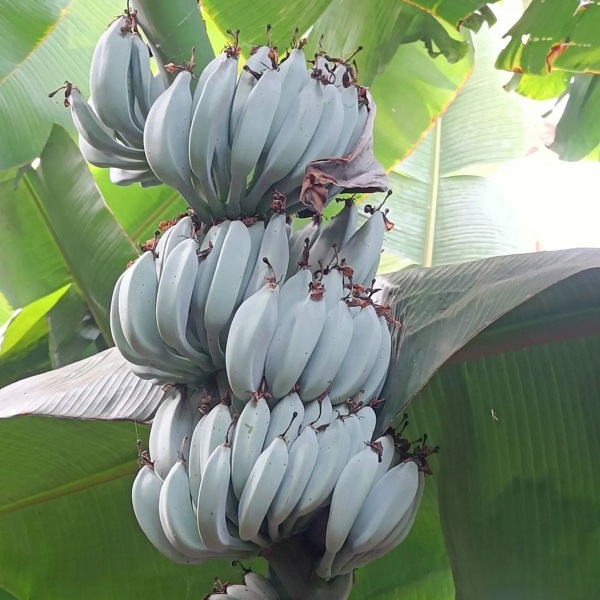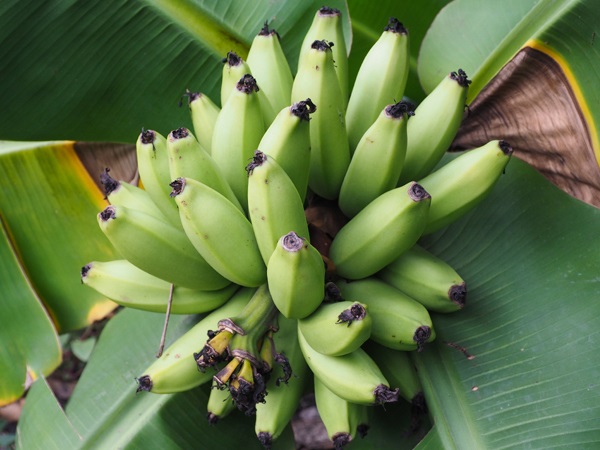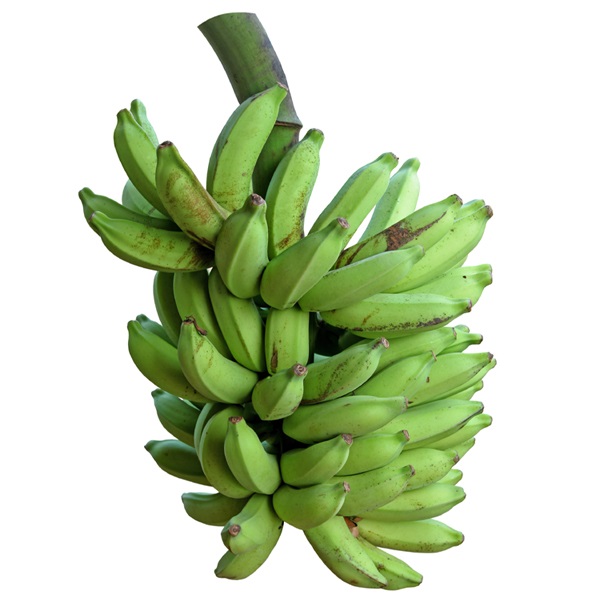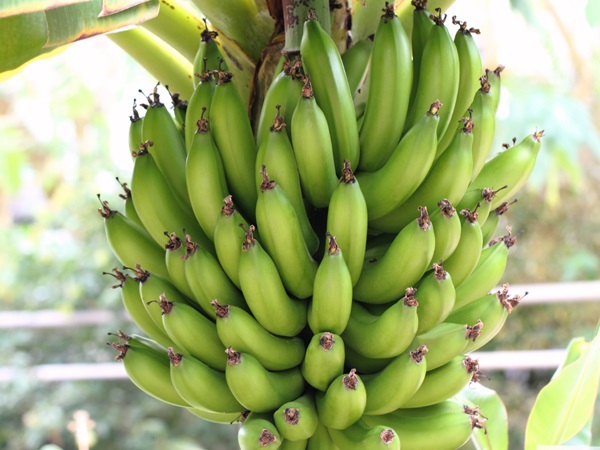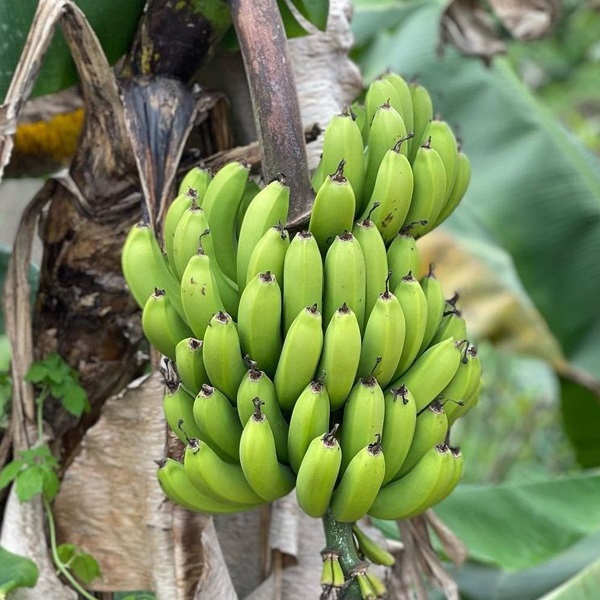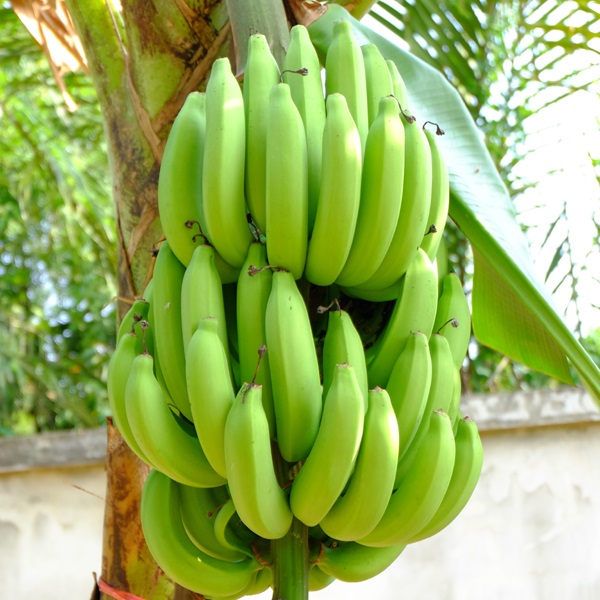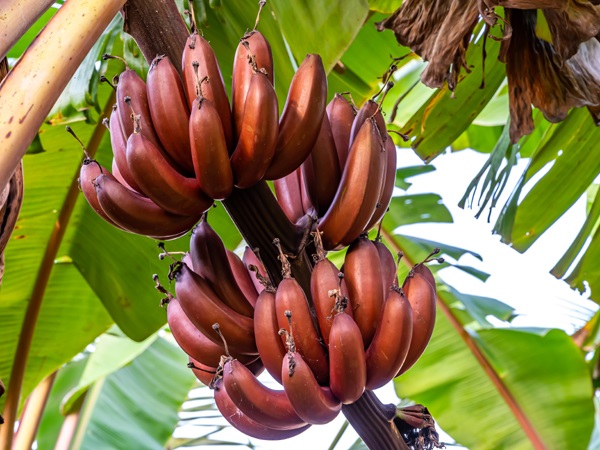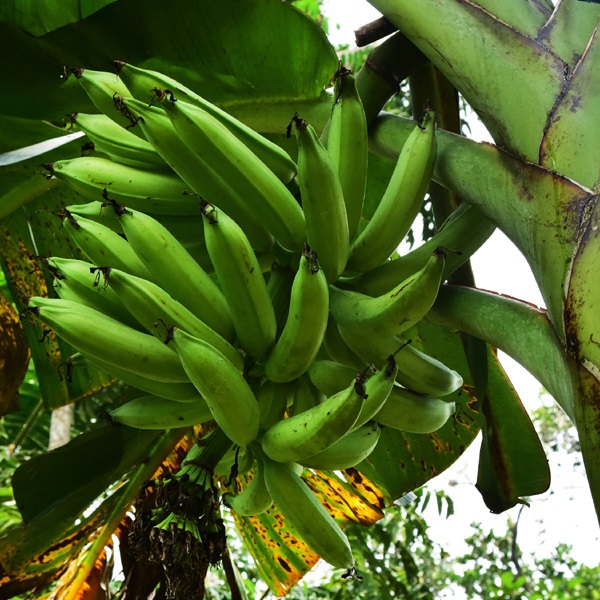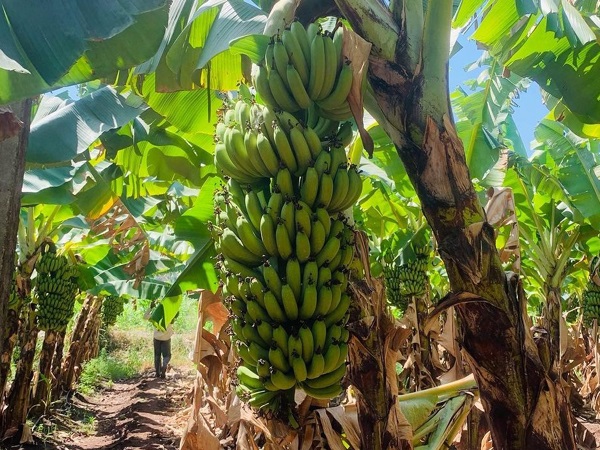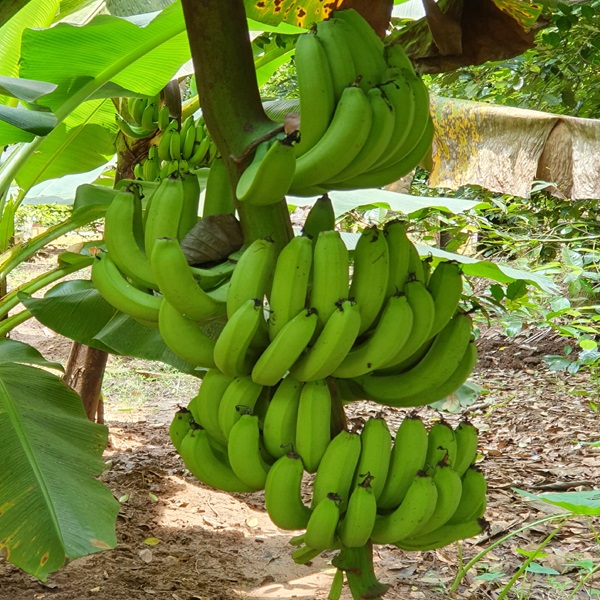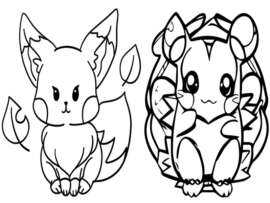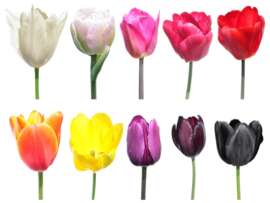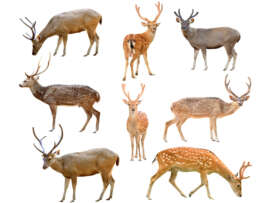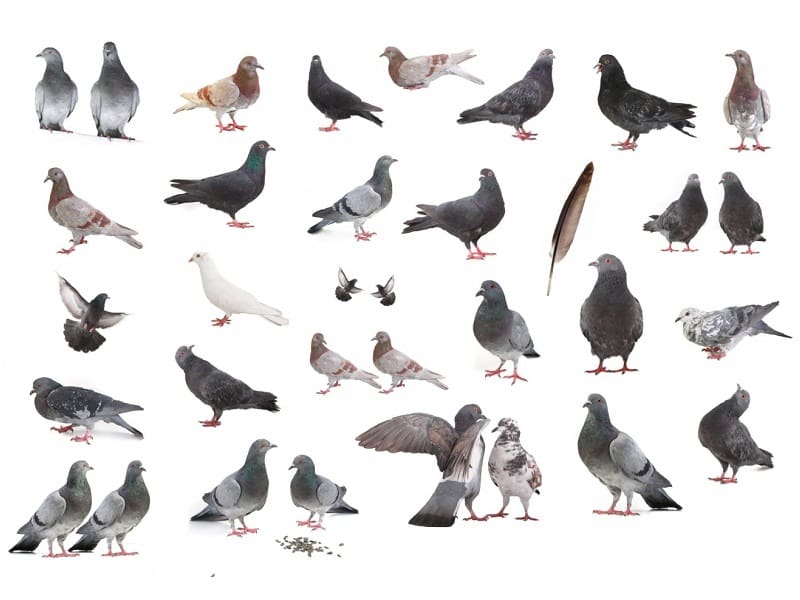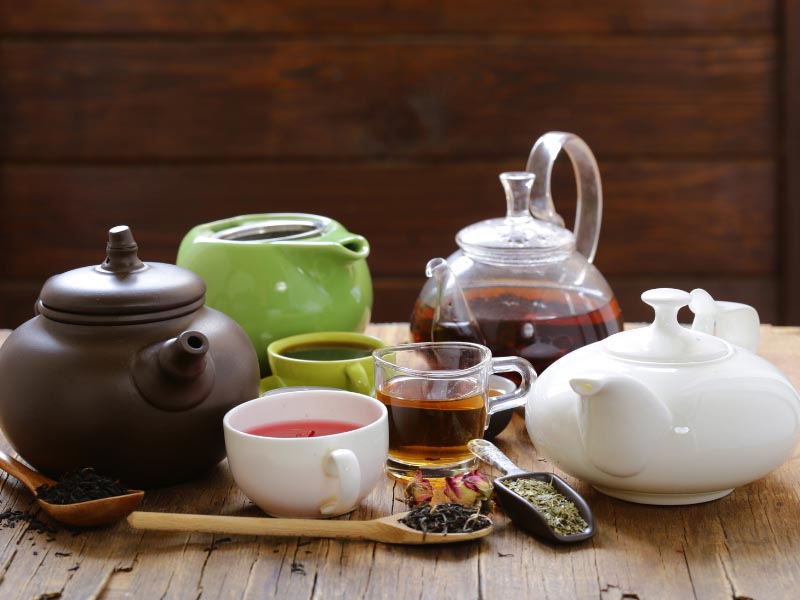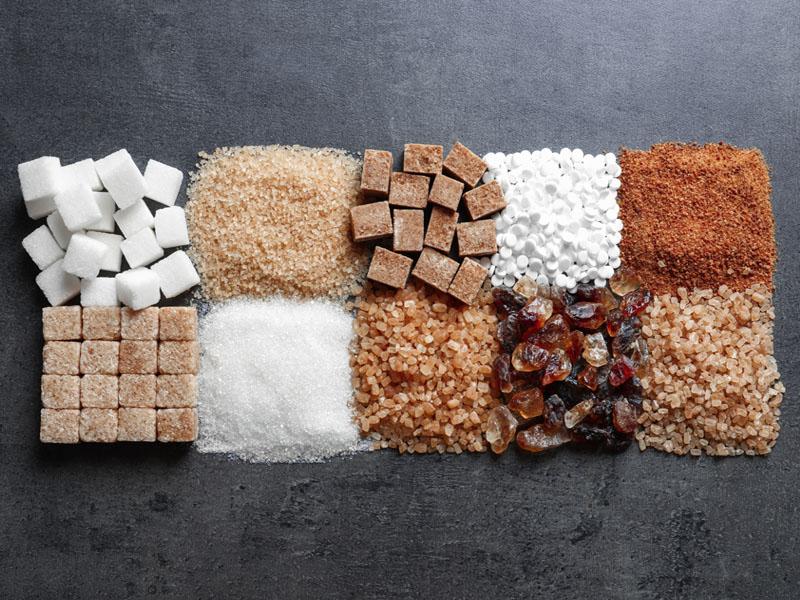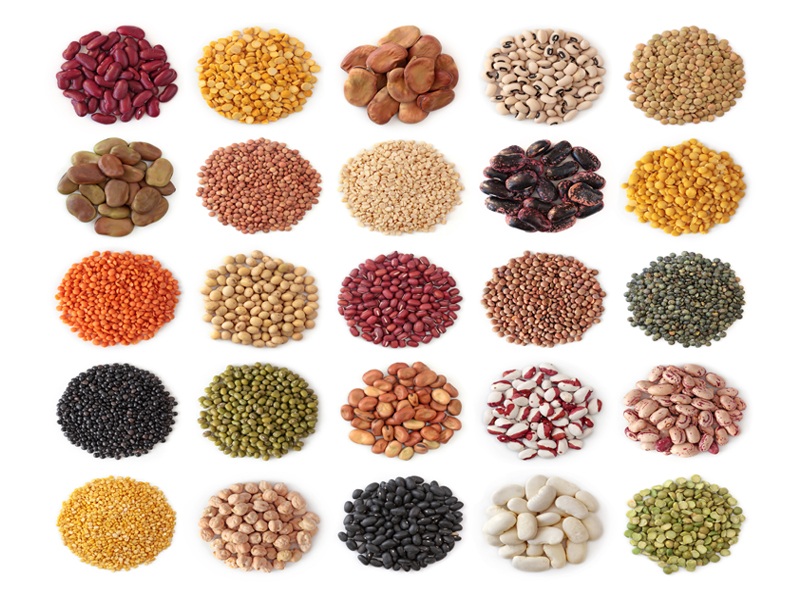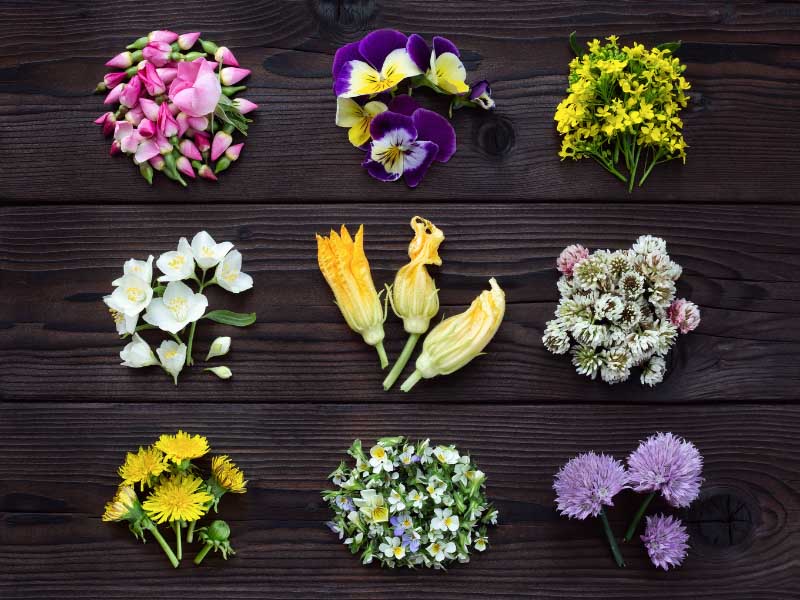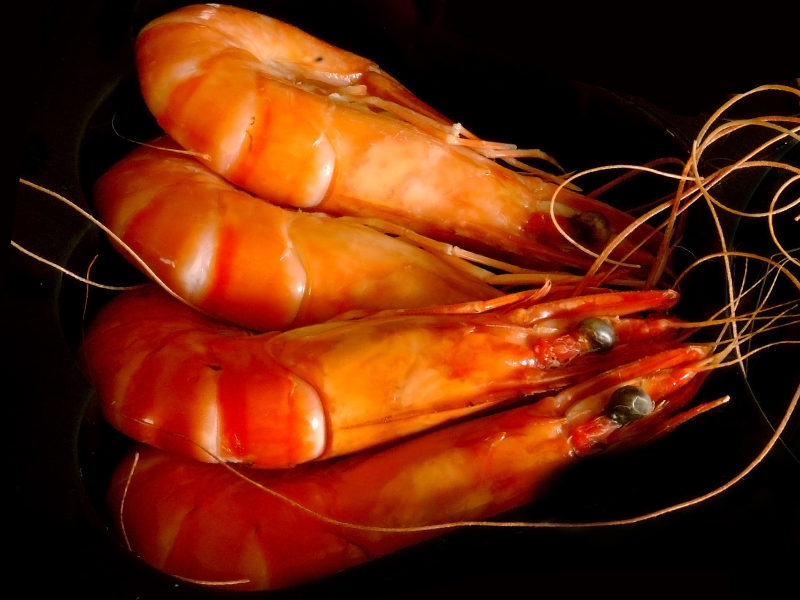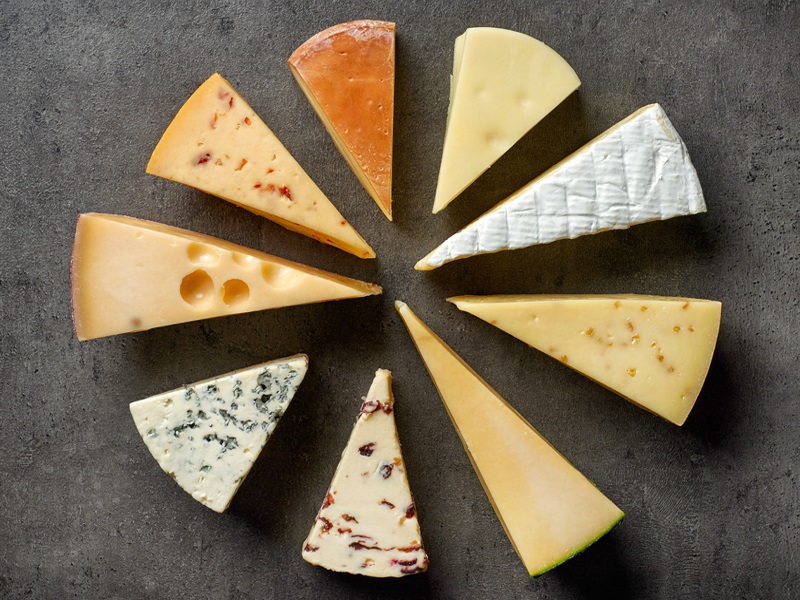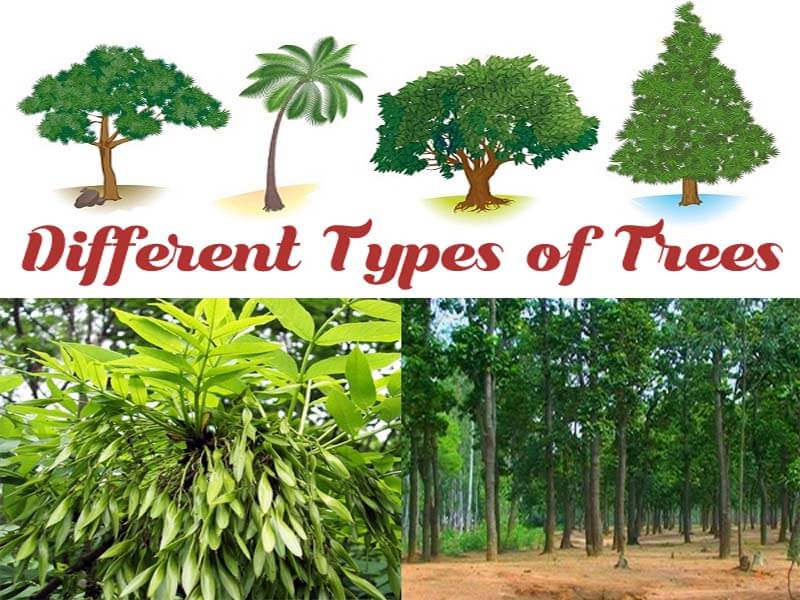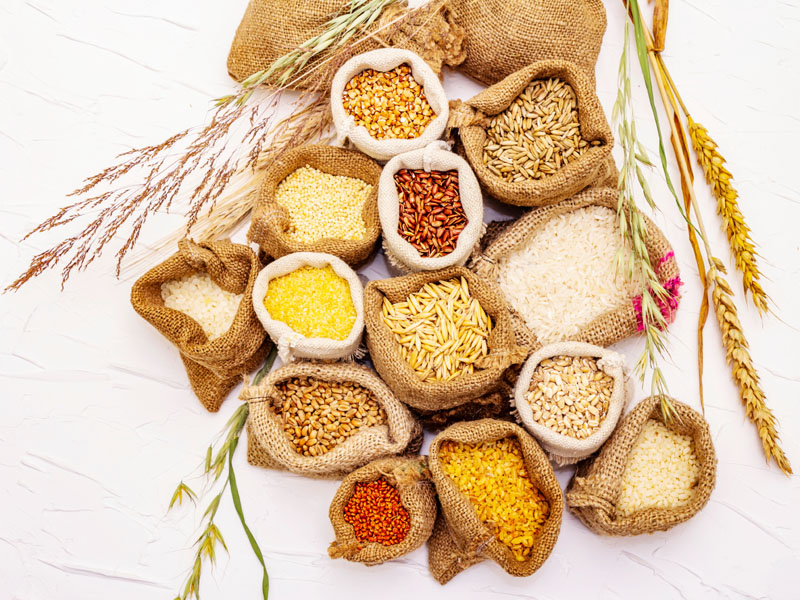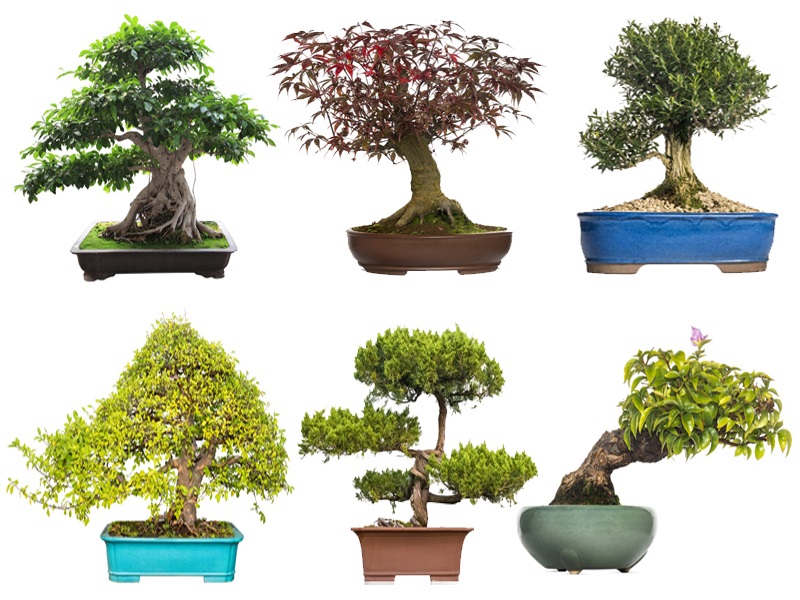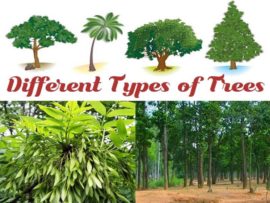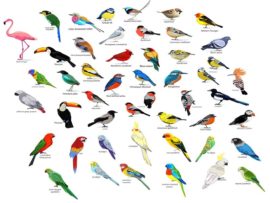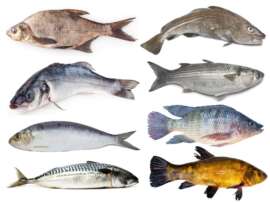Fruits are a valuable source of vitamins and other essential nutritional value enriched minerals source of food. The special fruit which is widely available in India is the Banana and its variants. Banana falls under the Musaceae family, and the speciality of banana fruit is abundant. Some of the main values include: The raw banana, including the outer skin, has a water content in an abundance of 75% along with Carbohydrates of 23% and Protein of 1%. The essential minerals are Potassium of 3% and manganese of 13%. The green banana is used widely for cooking and is called as Plantain, and the ripened bananas are considered as fruit which can be easily eaten. If you are thinking about how to grow a banana in your garden and which banana type is best to grow, then go ahead and read out the article completely.
Classification of Banana:
The edible fruit Bananas, a Herbaceous plant belonging to the Genius Musa, can be classified according to the nature of texture of the fruit, which is called as Plantains which is used for cooking and the soft sweet fruit is called Desert sweet bananas. The edible banana, which is seedless, is classified into two main species called Musa acuminate and Musa balbisiana. Read the following section and get to know the types of bananas with images.
Top 10 Banana Types in India:
1. Ice Cream Banana Tree:
The other name of this cold tolerable banana tree name is the ice cream banana tree is, also called as Blue java. This fruit is grown in tropical areas like Hawaii, Central America, and Southeast Asia. The best temperature to grow this 15 feet growable tree is 65-degrees F. The soil should be well irrigated with water to hold the water. The fruit is blue to green colour is appearance. The banana is medium size, and the inside content is white and snowy in texture. The fruit has a vanilla flavour in taste which makes it easy for parents to give for your kids. The sunlight should be maxed up to 30 % less.
- Scientific Name: Musa acuminata and balbisiana ‘Blue Java’
- Botanical Name: Musa acuminata
- Color & Identification: Light blue to the dark blue outer skin
- Native Place: Hawaii, Central America, and Southeast Asia
- Size: 18 to 23 cm
- Use: For making deserts, salads
- Production: Throughout the year
2. Cavendish Banana:
This is another type of banana which is widely available in all shops and supermarkets. The Cavendish banana tree fruit is quite bulky and fat, which are produced in large quantities. This fruit is available for around 50% of banana production. The other name of this banana is also called as Common Banana. After the 1950s, this banana type became famous across the world. The best temperature is seen around the tropical region as well as tropical temperature-maintained gardens and edible garden locations. Moderate water is required with good sunlight and has a fast growth rate in these conditions.
- Scientific Name: Musa acuminata Cavendish subgroup
- Botanical Name: Musa acuminata
- Color & Identification: Green to Yellow
- Native Place: Philippines
- Size:15 to25 cm
- Use: For making deserts, ice cream, smoothies
- Production: Throughout the year
3. Manzano Banana:
Manzano banana tree is also called an Apple Banana, which is without seed. This fruit is developed from the female flower of the plant. This fruit is grown in lesser quantities, which makes it as a backyard cultivable banana fruit for small family consumption. The taste of the banana is a mixture of sweet and sour, which makes it feel like eating a combination of Apple and Banana. The fruit is best eaten once ripened. The plant can withstand cold temperatures making the fruit to grow into a normal sized banana fruit. The plant grows to a height of about 12 feet up to 14 feet.
- Scientific Name: Musa acuminata and Musa balbisiana
- Botanical Name: Musa sapientum
- Color & Identification: Pale yellow skin
- Native Place: Philippines
- Size:4 inch
- Use: For making deserts, ice cream, smoothies
- Production: Summer
4. Dwarf Cavendish Banana:
The name Dwarf Cavendish banana tree comes from the plant structure, which is small in height and also called Dwarf Musa Banana. The length of the fruit is about 13 to 14 cm and holds the fruit in a compact fashion which looks like 8 to 10 hands covering the branch. The branch with the fruit will weigh around 20 kg normally and can grow up to 6 feet. The outer covering of the banana is thick, and the fruit tapers down gradually till the tip. This fruit can be grown in your backyard as well with a good irrigation facility.
- Scientific Name: Musa acuminata Cavendish subgroup
- Botanical Name: Musa acuminata
- Color & Identification: Thick Green to Yellow skin and tapering tip
- Native Place: Canary Islands
- Size: 15 to25 cm
- Use: For making deserts, ice cream, smoothies
- Production: Throughout the year
5. Dwarf Plantain:
The dwarf plantain tree is also called as Puerto Rican Plantain banana. This fruit is green in colour raw banana which is called as Plantain. This plant produces plenty of raw plantains easily, which makes it a high yield plant. The easy to grow the character of the plant makes it easy to grow in your backyard as well as indoors with maintained temperature. The plant is also resistant to temperature changes and drought situations. The Plantain tree can grow up to a height of 6 to 8 feet. Enjoy this delicious raw plantain with a good some, interesting cooking recipe.
- Scientific Name: Musa acuminata and Musa balbisiana
- Botanical Name: Musa
- Color & Identification: Thick Green and tapering tip
- Native Place: Southeast Asia, South Asia, West Africa
- Size: 3 to 10 inches
- Use: For cooking
- Production: Throughout the year
Read: List of Different Types of Mangoes
6. Gros Michel:
Gros Michelis one other type of banana, which is also called as Big Mike. This type of banana was, until the 1950´s, the main cultivator and exporter in the banana production industry. The main reason for good export quality is due to the thick outer skin of the fruit, making it resistant against any transportation damage. In the 1950s, due to the outbreak of Panama disease which made the production rate decrease in Central America, but now still cultivation is seen along the no infected region. The country which is known for Big mike production in Costa Rica.
- Scientific Name: Musa acuminata (AAA group)
- Botanical Name: Musa
- Color & Identification: Thick Green and tapering tip
- Native Place: Jamaica
- Size: 3 to 10 inches
- Use: For eating, making deserts
- Production: Throughout the year
7. Red Banana:
This is a famous Banana variety in India which has a reddish to purple coloured outer thick skin. The Red banana type belongs to the Cavendish group, which is called as Musa acuminate Colla. The fruit is quite thick and plump. When the fruit is ripened and ready to eat, the flesh looks more from a creamy to pinkish colour, which brings in the sweetness and a tint of sour taste to the banana. The most commonly cultivated areas are Asia, South America, East Africa and the United Arab Emirates who, then export to other countries.
- Scientific Name: Musa acuminata (AAA group)
- Botanical Name: Musa acuminata ´Red Dacca´
- Color & Identification: Red outer skin
- Native Place: Southeast Asia
- Size: 18 cm
- Use: For eating, making deserts
- Production: Three to four months a year
8. Nendran:
This is one of the main types of banana in Kerala, State in India. The Nendran banana is famously called as the Changalikodan, a variety which is cultivated in the village of Thrissur called Chengazhikodu. The plant bears up to 20 to 25 fruits bear branches. Special attention has to be given in every stage to cultivate this fruit. The planting month is around October month of the year with an organically growing method such as using cow dung and organic leaf manure. The Nendran is also now cultivated in another district of Kerala. The fruit is considered as one of the scared fruits in Kerala, which is offered in many temples.
- Scientific Name: Musa acuminata (AAA group)
- Botanical Name: –
- Color & Identification: Yellow outer skin
- Native Place: Kerala, India
- Size: 25 cm
- Use: For eating, making deserts
- Production: Planting is done in October month
9. Grand Naine Banana:
This type of banana tree is included in Musa acuminate species, also called as the Chiquita banana. This fruit belongs to the Cavendish family. The fruit is included in the AAA genotype, where the fruit is seedless. The plant is grown along the regions of India, Africa, Central America, and Southeast Asia. This fruit is one of the main economic drivers for all tropical countries. The plant is resistant to most of the diseases as well as any climatic conditions like a strong source of wind. A simple removal of the infected leaves can make the plant grow further without any hindrance.
- Scientific Name: Musa acuminata (AAA group)
- Botanical Name: Cavendish group
- Color & Identification: Yellow outer skin
- Native Place: India, Africa, Central America, and Southeast Asia.
- Size: 25 cm
- Use: For eating, making deserts
- Production: Throughout the year
Read: What are The Main Types of Water
10. Robusta Banana:
One of the types of banana trees is Robusta Banana is one of the most important and commercially sold banana types. This variety of fruit is medium in length, measuring around 15 to 20 cm and is more to damage in a heavy windy situation. The yield of this plant is quite large in quantity which weighs around 20kg per bunch of fruit. The stem of the plant has black to brown patches. The plant grows up to a height of 6.5 to 7.5 feet. The fruit is harvested from a duration of 12 to 13 months after planting.
- Scientific Name: Musa acuminata (AAA group)
- Botanical Name: Cavendish group
- Color & Identification: Green
- Native Place: Tamil Nadu, India.
- Size: 25 cm
- Use: For eating, making deserts
- Production: Throughout the year
India is known for different banana varieties and banana production, which is due to the apt combination of tropical weather and humidity. The varieties in banana and its enormous health benefit have motivated people around the world to know the importance of bananas and consuming bananas. Picking up a normal regular banana is good practice, but it is also wise to know the types of bananas and relish them by eating them. Consume bananas not just as a fruit but also blend them has a dessert or as a raw plantain in making some delicious side dish along with other food and appreciate the mother nature!


